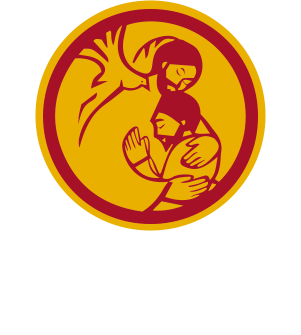Music
At Holy Trinity, Ms Docherty is the Music coordinator who supports the development of all areas of this subject.
What?
At Holy Trinity, our vision is for our children to develop confidence, communication, thinking and creative skills and improve their emotional well-being through playing, singing, creating and performing. Music is a unique and powerful form of communication that can change the way our children feel, think and act. It combines creativity with emotion, enabling personal expression, reflection and development. The skills involved in playing and listening to music will help learners develop self-esteem, self-discipline, cooperation, creativity, and self-motivation for success. We endeavour to ensure that our children find music enjoyable and experience a sense of achievement and pride. The different cultures within our school community will be celebrated as the children learn and appreciate songs from different genres and backgrounds. Every child will have the opportunity to learn to play a musical instrument (other than their voice) before leaving Holy Trinity and it is our vision that every child adopts an understanding and love of music, which they can carry with them for the rest of their lives. As a Catholic school, religious education is very important, the Catholic life of the children is very important and music plays a large part in our liturgical celebration. As a subject and a way of expressing faith, music at Holy Trinity fulfils a vital role in our school ethos. The breadth of the music curriculum enriches the lives of our children and extends the inclusive opportunities in addition to other curriculum areas.
How?
The aims of Music within Holy Trinity School and the requirements of the National Curriculum are met through the implementation upon the content laid out in the National Curriculum. The Units of Work, which each class are taught, are from the music scheme Charanga linked to the Model Music Curriculum (March 2021); a progressive programme used to ensure a repetitive-taught approach to learning. Learning about the same musical concept through different musical activities enables a more secure, deeper learning and mastery of musical skills. In support of Charanga and the school’s music curriculum, there is a wide range of quality musical resources ready for children to use and play, to support their application of skills. The units of work are divided into 6 steps. The activities and games cover the different musical dimensions that our children acquire throughout their school life: pulse/ beat/ metre, rhythm, pitch: melody, tempo, dynamics, timbre, texture, structure (form) and notation. This is done through singing and playing instruments, listening and creating music – all intrinsically linked through a central song or piece. Each Unit of Work comprises the strands of musical learning which correspond with the national curriculum for music and all these outlined activities are based around a selection of different songs that link to the given theme for that half-term’s topic. As our children progress through the Music curriculum at Holy Trinity, every child will have the opportunity to learn a musical instrument as they move in to Key Stage 2. In Year 4, the children are given the opportunity to learn three different types of instruments, following the same teaching and learning approach as Charanga. Our children, as a class, choose which instrument they would like to carry on with in to Year 5 and then a group of children develop this instrument further in to Year 6. We work hard to help our children reach appropriate musical end-points and we enjoy hearing and seeing the attainment of each class.
So?
Our school celebrates the musical talents and abilities of every child. We aim to promote and nurture our children’s love of music and enjoyment through music lessons and wider music opportunities. Participation in music develops wellbeing, promotes listening and develops concentration. We want to ensure that music is loved by teachers and children across school, encouraging them to continue building on this wealth of musical ability, now and in the future.

